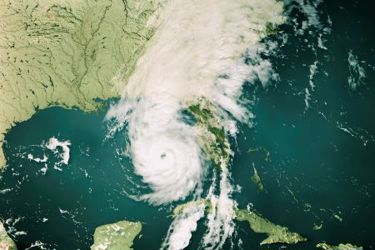Building Resilient Water Treatment: How Ozone Systems Help Utilities Prepare for Extreme Weather

As climate-driven volatility increases across the nation, water utilities face growing pressure to build resilience into their operations. Extreme weather events—from floods to droughts—cause significant and rapid shifts in raw water quality, with spikes in turbidity, organic load, and microbial counts. Traditional chemical treatment systems can struggle to adapt to this variability, often relying on supply chains that are disrupted during regional emergencies.
Ozone systems offer critical advantages for preparing water infrastructure for the next storm. Since ozone is generated on-site from air or oxygen, utilities achieve chemical self-sufficiency, eliminating dependence on external supply chain stability that fails during disasters. The systems feature high reactivity, allowing for immediate treatment of sudden contaminant spike loads, and are engineered for quick, safe startup and shutdown, enabling predictable recovery after a power interruption. Investing in this technology provides not just high-performance oxidation, but the built-in resilience required to maintain disinfection compliance and continuous service in an era of climate disruption.
Get unlimited access to:
Enter your credentials below to log in. Not yet a member of Water Online? Subscribe today.
